Hippeastrum, amaryllis ... It is very difficult for an uninitiated person to understand how these plants can differ, unless they are located nearby. Both flowers resemble gramophone pipes. Given the popularity of indoor bulbous plants, you should understand this issue.
Classification
According to the scientific classification in botany, these flowers belong to the class of monocotyledonous plants and form the amaryllis family. But they belong to different genera of this glorious family. Amaryllis is the only species in the genus Amaryllis, while in the genus Hippeastrum there are more than 90 types, another genus is represented by only one species. There is also a group of hybrid hippeastrum.
Story
Amaryllis (beauty or belladonna) originally from South Africa... Hippeastrum flowers came to Europe from Central and South America (the Amazon Basin is home to a huge number of varieties).
In the 18th century, the flowers that fell into the Old World were called lilies, you can also find such names as lilionarcissus. Differences between bulbous flowers from South Africa and from South America first noted botanist Herbert in the 19th century.
In 1954, at the International Botanical Congress, the scientific world finally formalized the existence of two genera in the Amaryllis family. They were amaryllis and hippeastrum.
Description of plants
Amaryllis
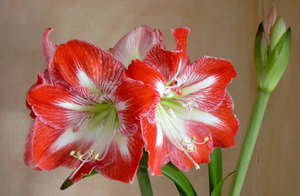 Bulbous plant, average stem height about 60 cm.
Bulbous plant, average stem height about 60 cm.- It blooms twice a year when planted outdoors and once a year indoors. The reason for this flowering time is the South African origin of the amaryllis, since in the homeland of the amaryllis located in the southern hemisphere, spring occurs in September-November.
- The leaves formed in late autumn or spring die off in warm weather, so the amaryllis flower has a stem and inflorescences, but does not have leaves during flowering. And this is its special peculiar charm!
- Now about the inflorescences. On the stem, there are from 2 to 12 flowers, each of which is formed into a funnel-shaped cup of six identical petals. One gets the impression that a skilled craftsman cast the petals in one shape.
- Shades of color of petals - from pale pink to deep saturated purple.
Hippeastrum
- Hippeastrum is also a bulbous plant up to 80 cm high. There are specimens up to 1 m long.
- It blooms up to four times a year (at least 2 times a year), the number of blooms can be adjusted by collecting soil and taking appropriate care. The flowering period is in winter and the first half of spring.
- The leaves are arranged as follows: three leaves are located at the base, the fourth serves as a substrate for the inflorescence.
- On the stem there are from 2 to 6 inflorescences. The flowers are formed into a funnel-shaped cup of 6 petals. Depending on the variety, the petals can be narrow or not very, short or long.
- The number of tones and shades of the color range reaches 2000.
Differences between births
So, from the descriptions of plants you can already take note main differences between them. It remains to add a few more comments and form a more or less complete list:
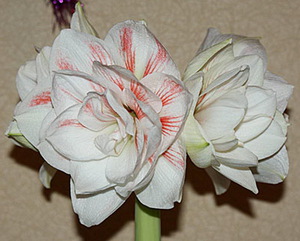 The flowers in question belong to the same family, but to different genera. Amaryllis is represented by one species.in contrast, hippeastrum is represented by more than nine dozen species.
The flowers in question belong to the same family, but to different genera. Amaryllis is represented by one species.in contrast, hippeastrum is represented by more than nine dozen species.- Amaryllis came to Europe from South Africa, while hippeastrum comes from America (Central and South).
- Amaryllis bulbs are smooth, pear-shaped. Hippeastrum bulbs are scaly and rounded, slightly elongated.
- Amaryllis plants often create daughter bulbs, hippeastrum do this much less often.
- Amaryllis and hippeastrum have different seed germination - 8 weeks and 2 weeks, respectively.
- Amaryllis does not have leaves during the flowering period, hippeastrum is provided with leaves all the time. However, there are specimens of hippeastrum blooming without leaves.
- Hippeastrum blooms several times a year, amaryllis once. The flowering periods of these plants do not match.
- The number of flowers in inflorescences is different: 6-12 in amaryllis and 2-6 in hippeastrum. However, there are varieties of hippeastrum that have more than 6 flowers on the stem (up to 15).
- The shapes and sizes of the petals in amaryllis are monotonous, in the hippeastrum they are different in different varieties. The flowers of the hippeastrum can reach very large sizes, in the amaryllis flowers do not reach such sizes.
- The stem of the amaryllis is full and fleshy, the stem of the hippeastrum is hollow inside.
- The color range of the hippeastrum petals is much more diverse. There are two-color and even multi-color varieties of hippeastrum.
- Amaryllis flowers, in contrast to hippeastrum flowers, have a pleasant delicate aroma.
- One of the simplest ways to distinguish one of the flowers from another is to detach the plate from the bulb. Amaryllis will have a noticeable cobweb, while the hippeastrum will not.
There are many more differences (for example, the color of the stem, the structure of the bulb when removing the scales, the inner color of the plates of the scales, etc.), but the characteristics listed here are quite sufficient for practical purposes.
Conclusion
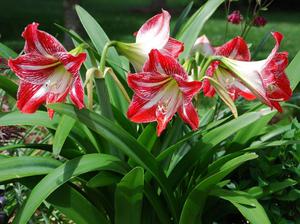 If the owner of the flowers on the windowsill has no desire to professionally plant the plants and supply them to orders, to the market and to shops, then, by and large, it does not matter how the two kinds of this family of indoor flowers may differ from each other. It is important to consider only how attractive the gamut of shades and the number of flowers on the plant are for an amateur florist. And the price at which they can be purchased.
If the owner of the flowers on the windowsill has no desire to professionally plant the plants and supply them to orders, to the market and to shops, then, by and large, it does not matter how the two kinds of this family of indoor flowers may differ from each other. It is important to consider only how attractive the gamut of shades and the number of flowers on the plant are for an amateur florist. And the price at which they can be purchased.
Perhaps some owners should take into account the flowering time their charges. But in this case, knowing the differences between bulbous plants and the correct name of your flower will not be overkill. And it will strengthen the authority of the grower among his colleagues, help to avoid mistakes when buying bulbs for planting. For these two plants are confused not only by non-professionals, but sometimes by flower sellers themselves.
And one last note: the overwhelming number of indoor plants of the amaryllis family is represented by hippeastrum, amaryllis belladonna rarely found in home collections.
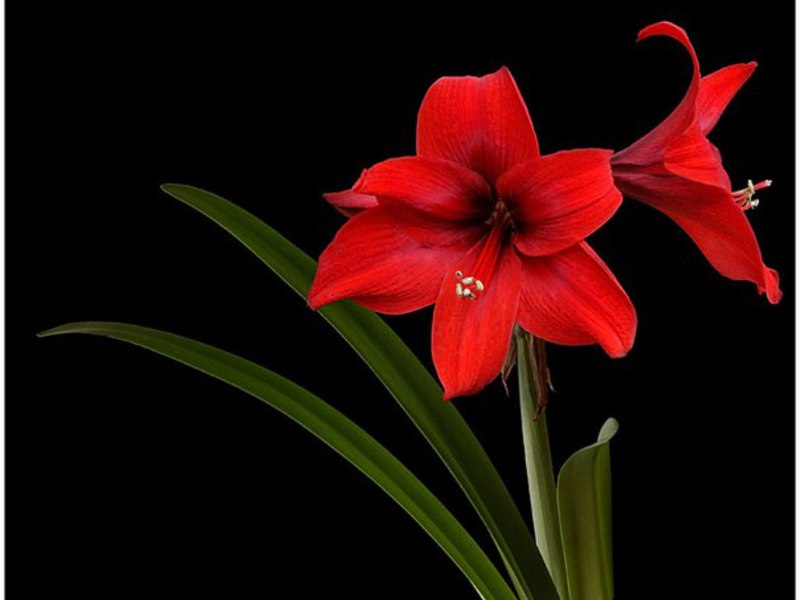
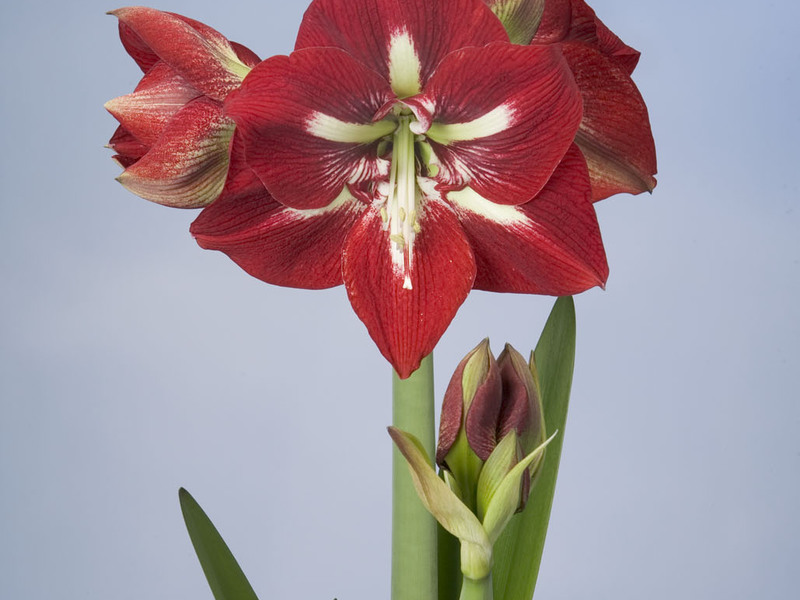
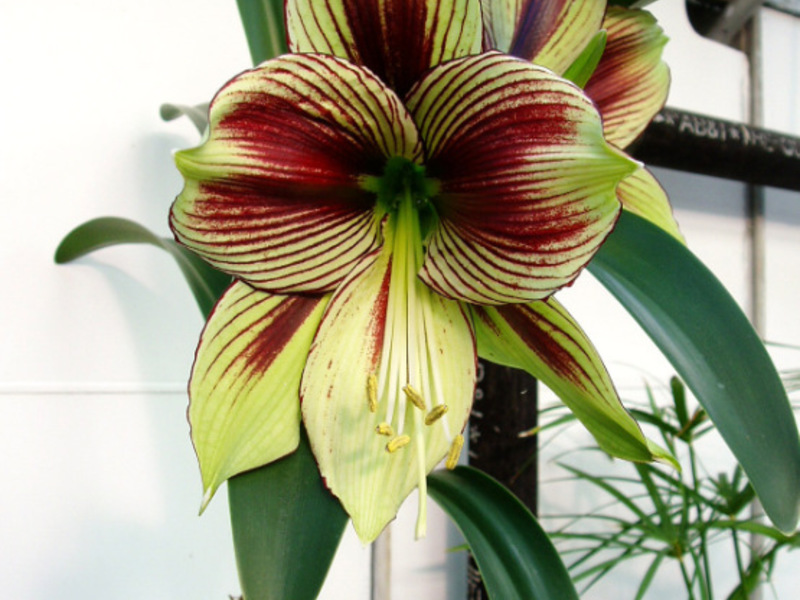
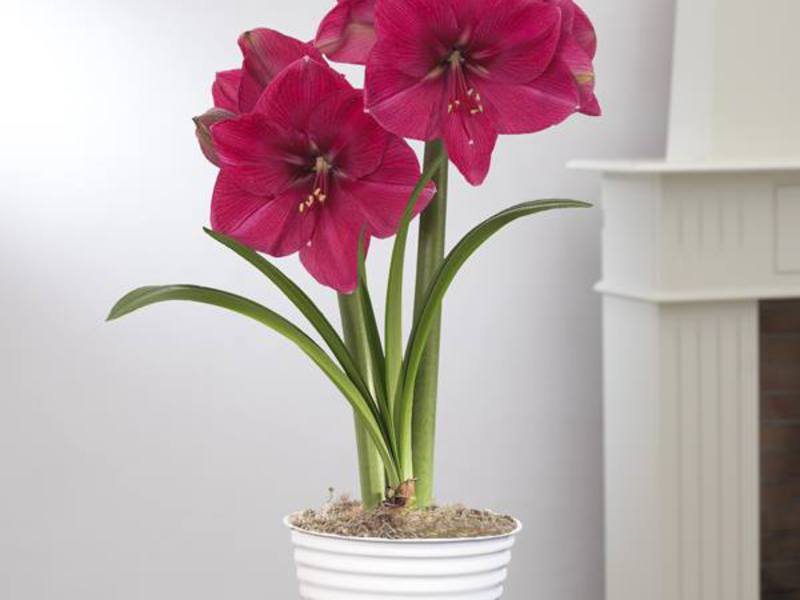
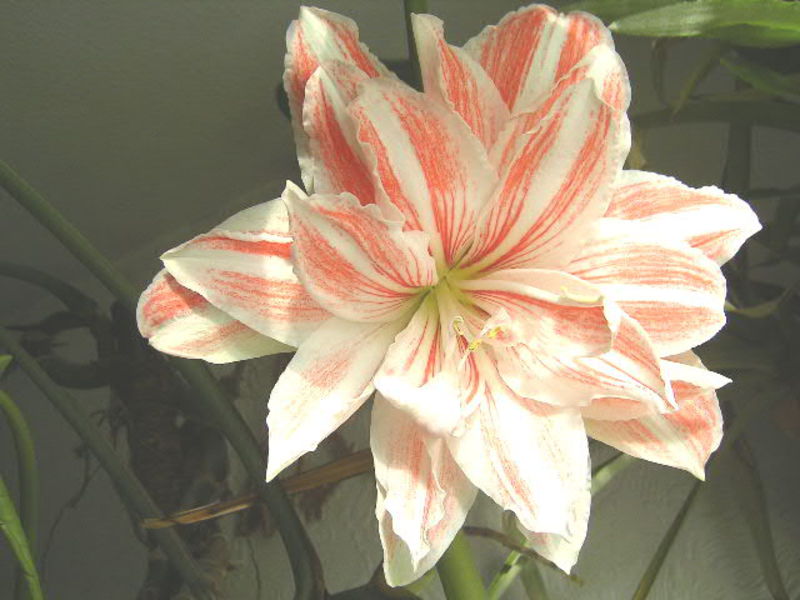
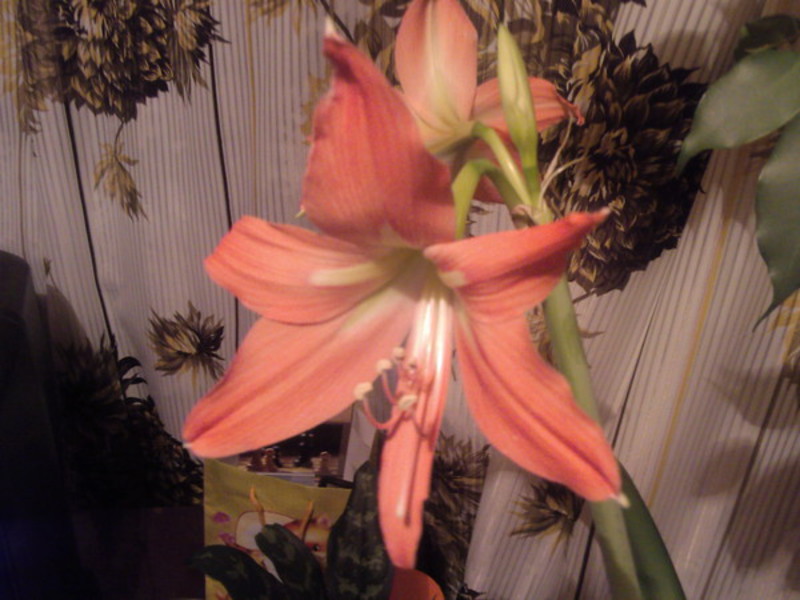
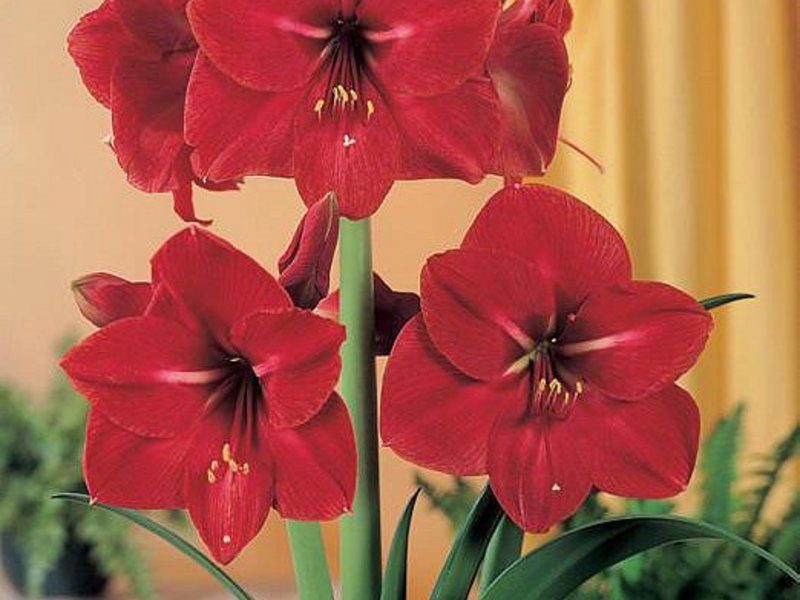
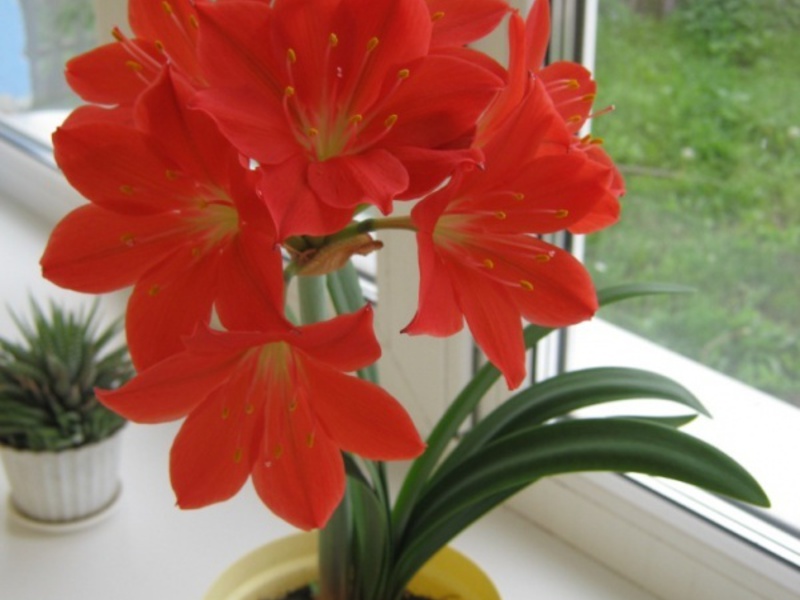
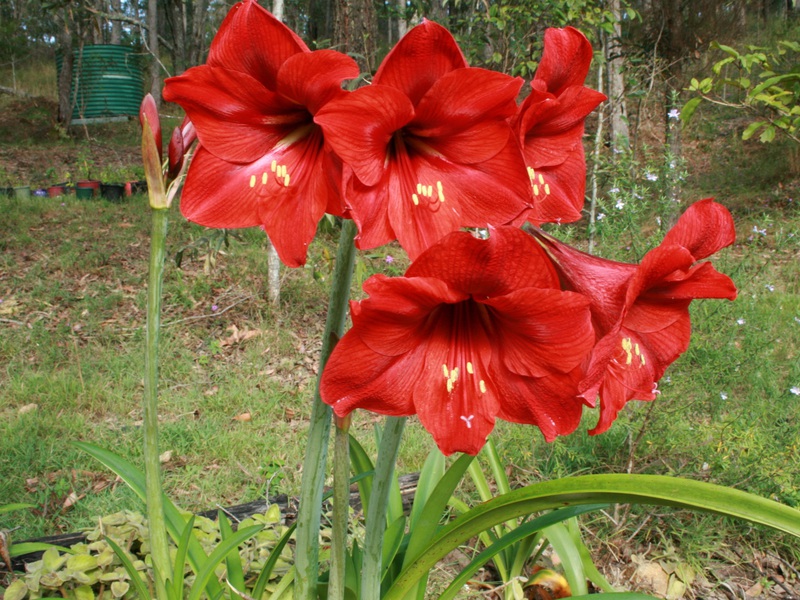
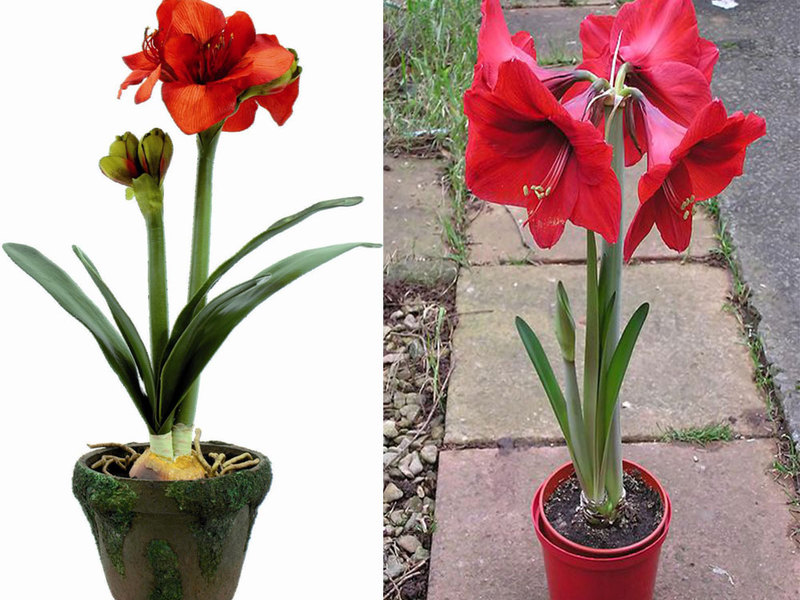
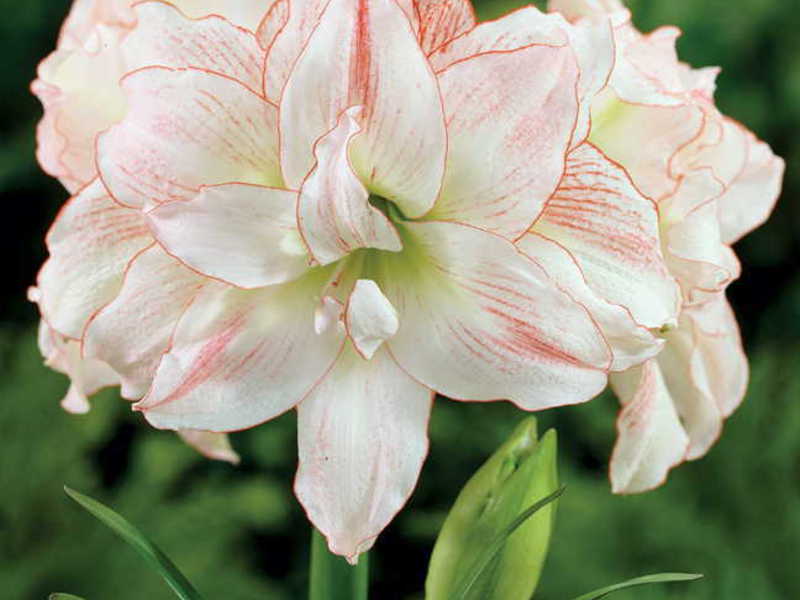
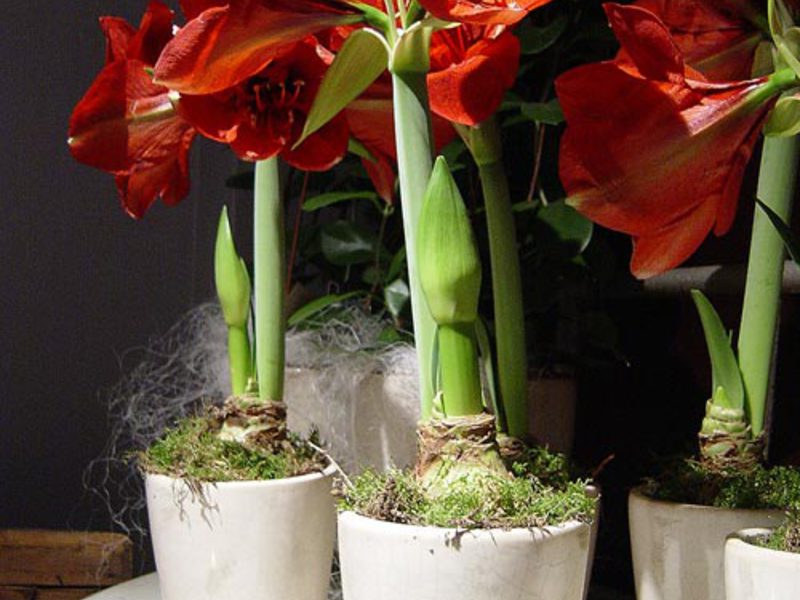
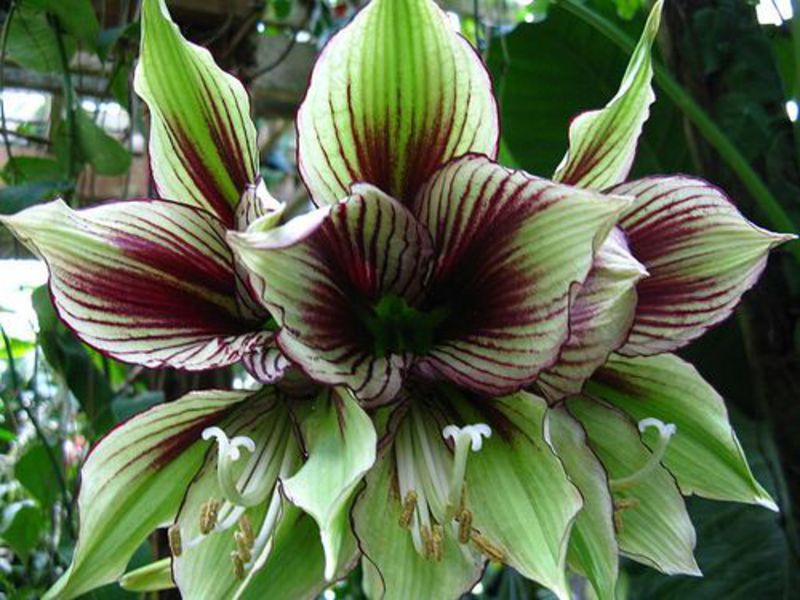
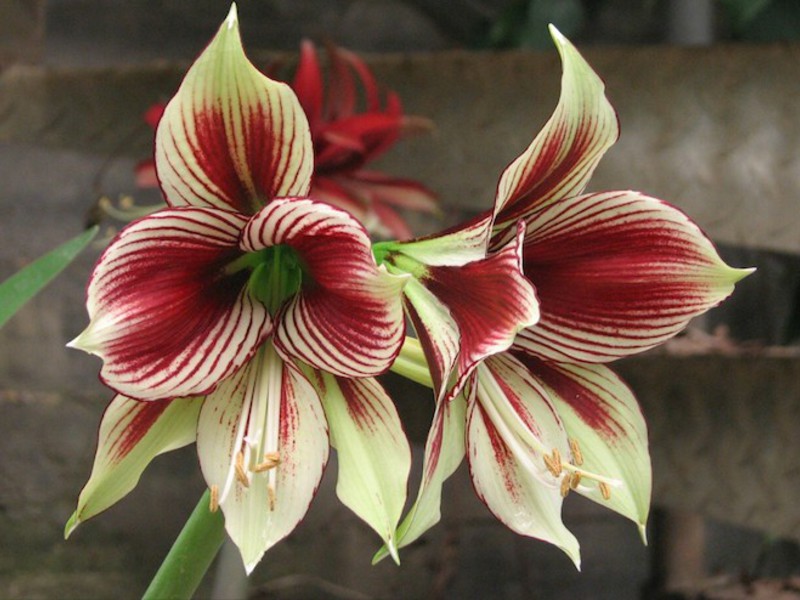
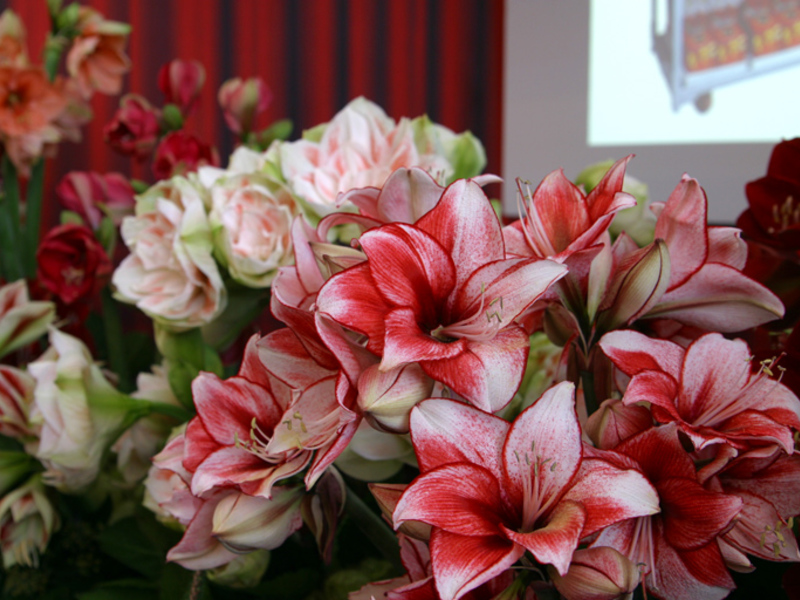
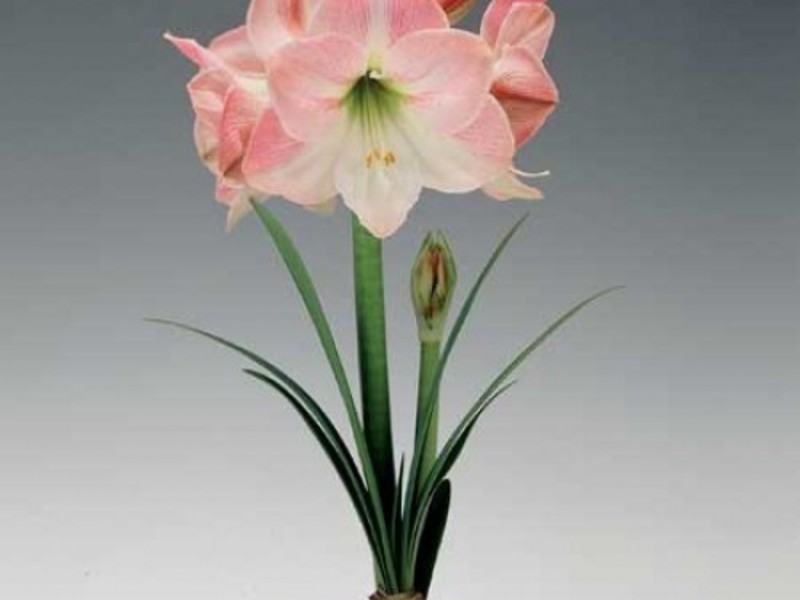
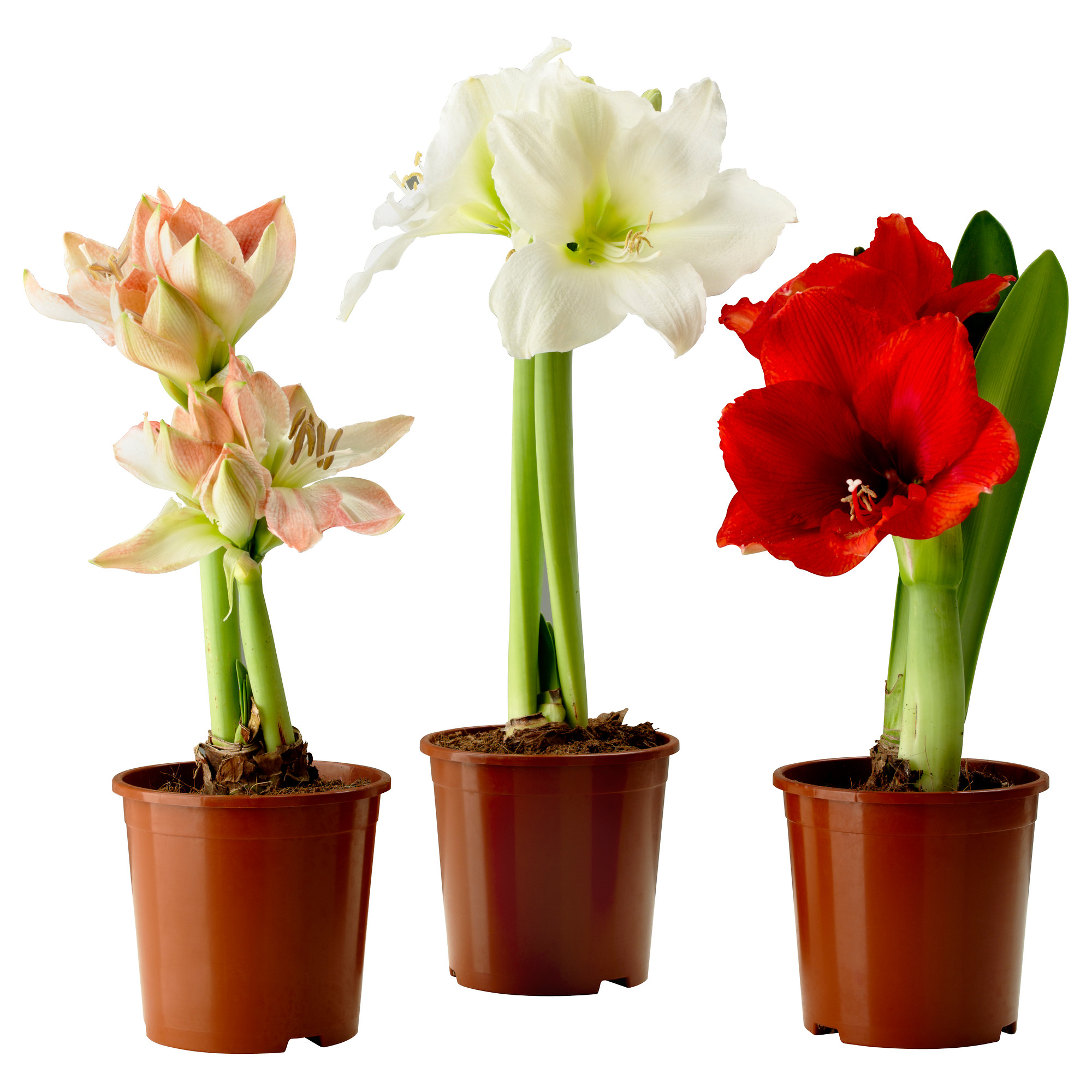
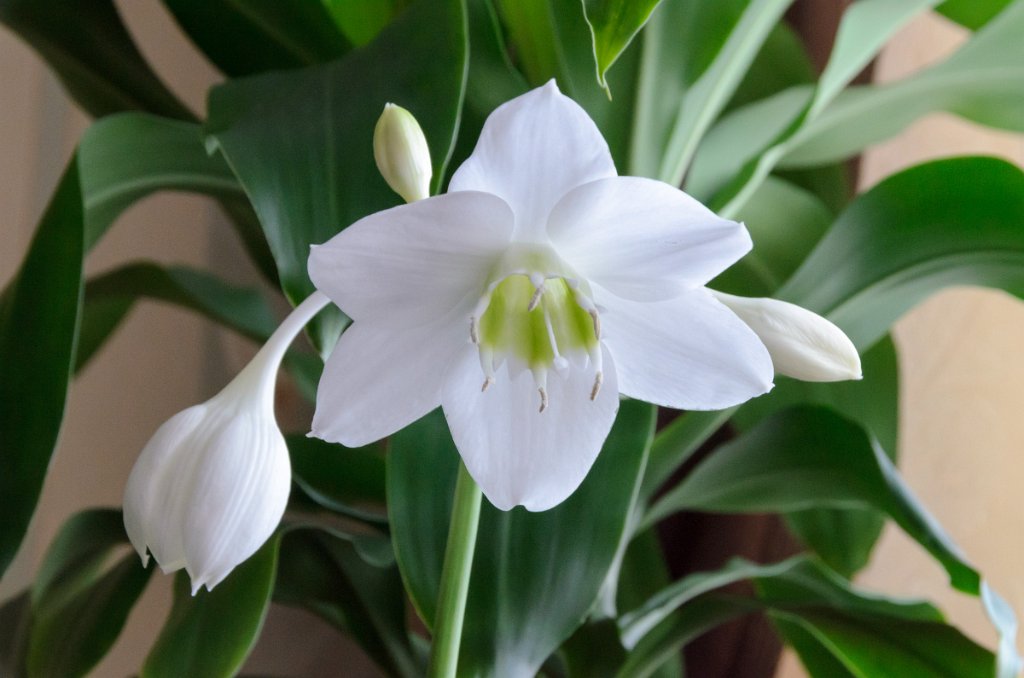
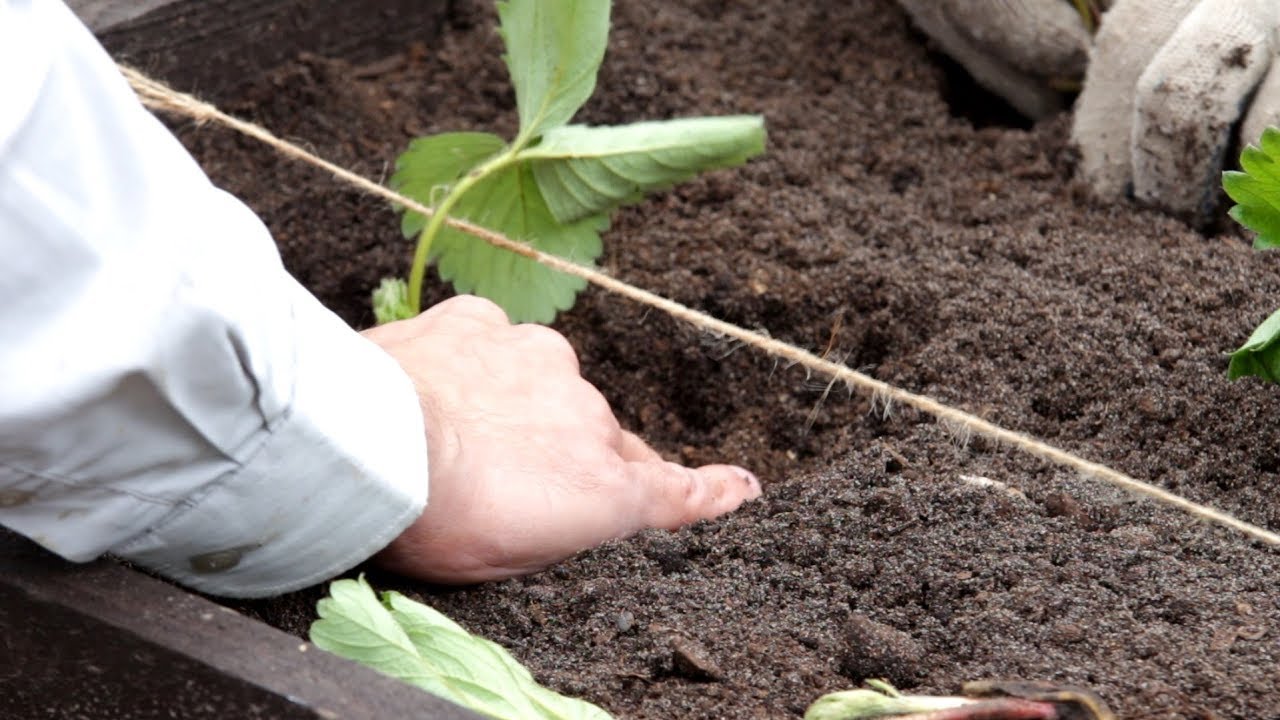
1 comment